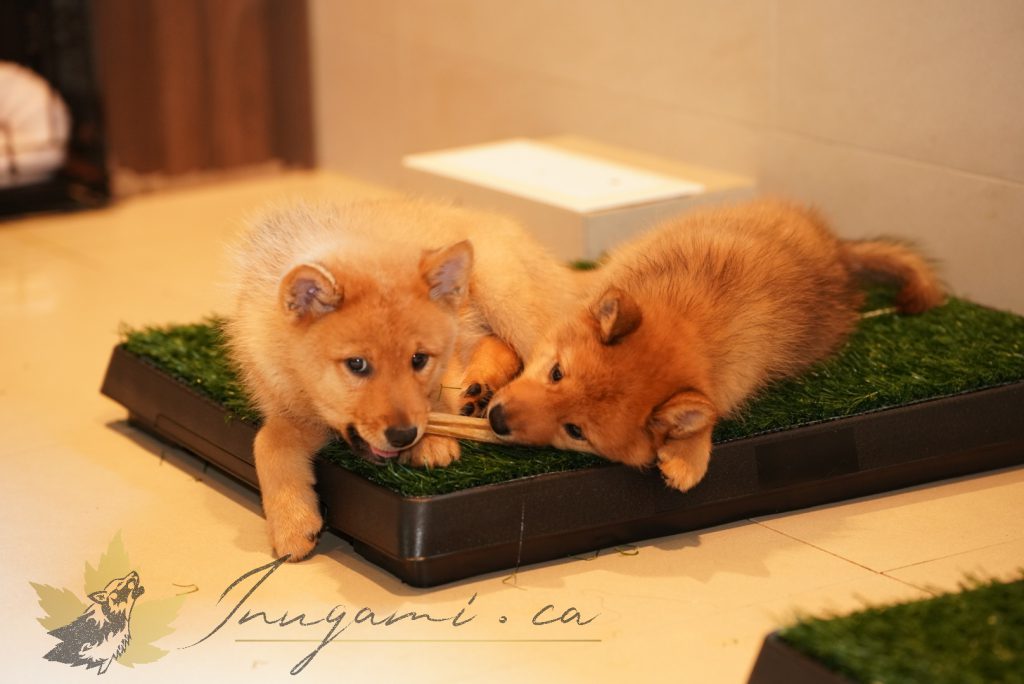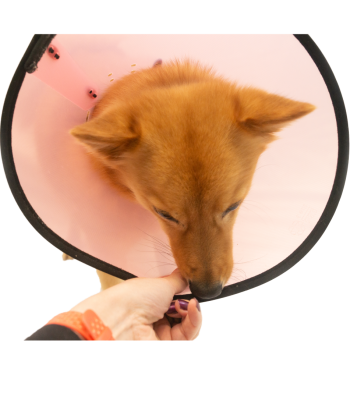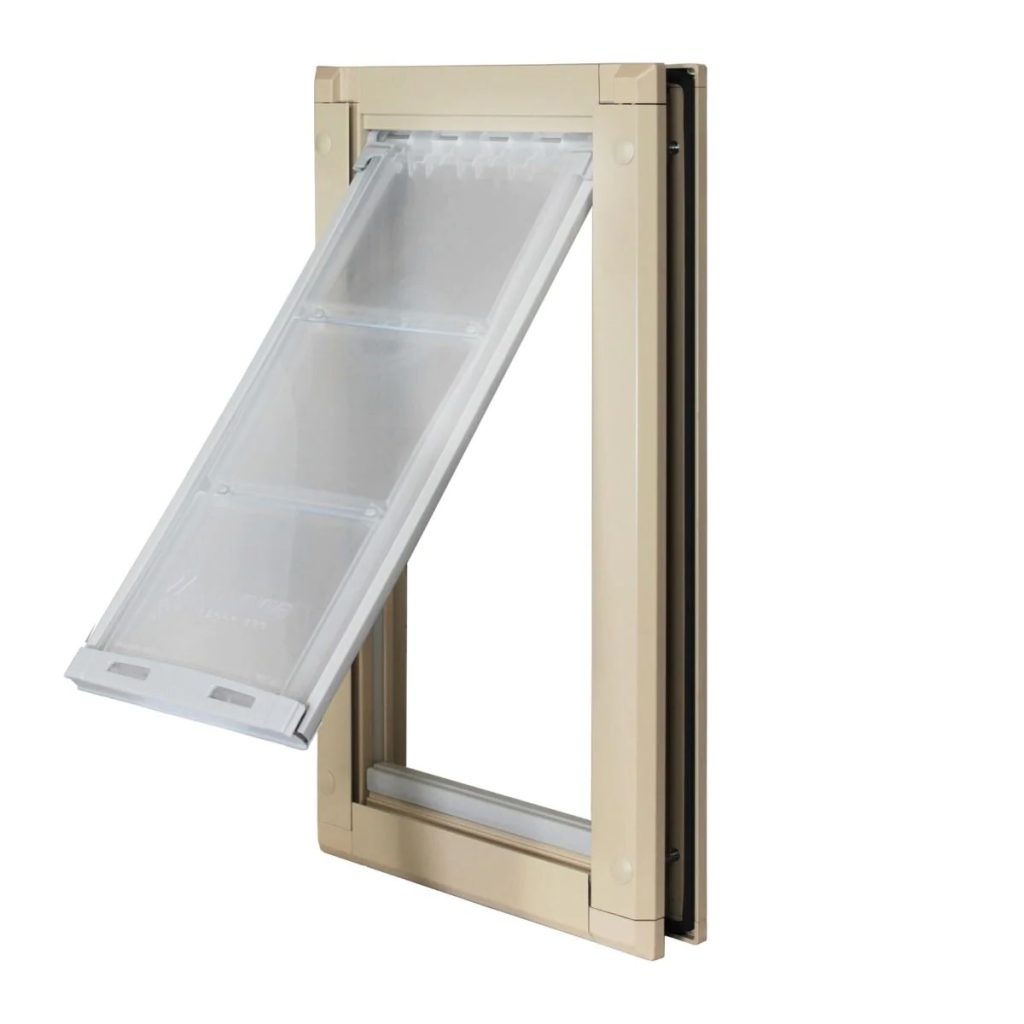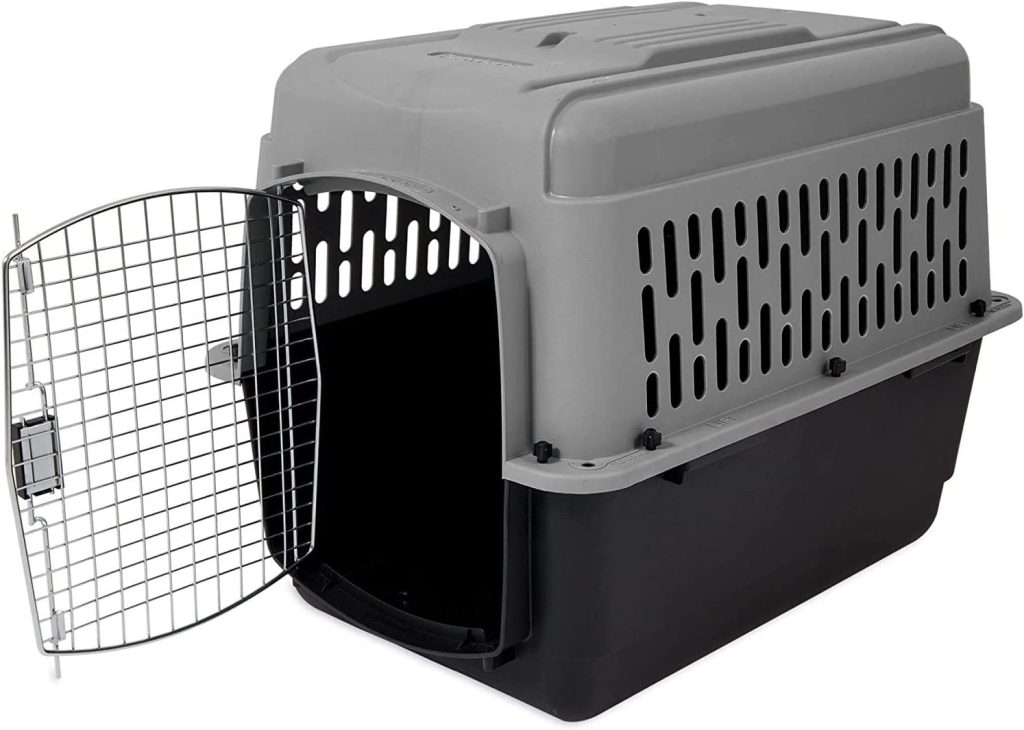Category: TRAINING
The Littermate Syndrome
Overview
- Puppies with littermate syndrome become highly dependent on one another.
- This can affect dogs of any breed and also unrelated puppies who are adopted and raised together.
- Signs can include excessive crying, whining, and destructive behavior when siblings are separated.
- Littermate syndrome can be difficult, due to the numerous behavioral issues that are involved.
- While raising sibling puppies successfully can be difficult, the key is to treat them as individuals.

Many factors influence behavior, and not all siblings raised together will exhibit this problem, which is called “littermate syndrome.” In other words, it’s a risk, not a foregone conclusion.
That said, many dog behaviorists, trainers, breeders, and shelters actually discourage adopting siblings. Anecdotal evidence suggests that behavioral issues may arise during key development periods because the two puppies’ deep bond impedes their individual ability to absorb and grasp the nuances of human and canine communication. Since fear is the dog’s default reaction to odd or unfamiliar stimuli, this muddled understanding of the world around them can lead to impaired coping mechanisms later on.
What is Littermate Syndrome?
“Littermate syndrome in dogs occurs when two puppies from the same litter living together develop such a strong attachment to each other that it interferes with their ability to interact in a normal manner with other people, other dogs, or any situation where they are not together,” says Collier.
This happens because littermates bond so intensely to each other that they fail to develop connections with their human family. Puppies with littermate syndrome only interact with each other and become highly dependent on one another for a sense of safety and normalcy.
Littermate syndrome can affect dogs of any breed, and it may also affect unrelated puppies who are adopted at the same time and raised together.
Dunbar points out that raising littermates requires training two puppies, which is particularly challenging when they’re essentially wearing blinders to all but each other. “It’s more than twice the work; it’s exponential. The two combine to produce levels of energy that we can barely measure," he says. "Tension develops in training and compliance as they squeeze the human out of the relationship. They’re always living with an enormous distraction: each other.”
Signs of Littermate Syndrome in Dogs
At first, puppies with littermate syndrome may seem like they’re acting out or in need of obedience training. However, when dogs experience littermate syndrome, these behaviors are linked to their relationship to their littermate.
Signs of littermate syndrome in dogs can include excessive crying, whining, and destructive behavior when siblings are separated from one another, as well as a lack of interest in playing or interacting with other people or pets in your household, says Collier.
Here are a few signs of littermate syndrome in puppies and dogs to look out for:
Fear of unfamiliar people, things, places, or noises. Puppies may avoid interactions with new people, dogs, or things; become very still and quiet when you approach them; or bark, growl, and snap when presented with new things or situations.
High anxiety when separated from the other pup. Puppies may whine, bark, pace, pant, or exhibit destructive behavior when they’re separated from their littermate.
Unwillingness to eat alone. Dogs experiencing littermate syndrome may only want to eat if their sibling is present.
Unwillingness to engage with people or toys when alone. As previously mentioned, littermate syndrome sometimes causes puppies to focus on the other puppy rather than the humans in the home. Puppies who are only willing to play in pairs may be exhibiting signs.
Difficulty with basic training. Training two puppies from the same litter may take longer than expected because puppies are so distracted by one another.
If you’re considering adopting two puppies at the same time, it’s important to consider the challenges that may come along with this decision, so that you can devote the time and energy to positive-reinforcement training.
How to Prevent Littermate Syndrome in Dogs
The easiest way to prevent littermate syndrome in puppies is to not adopt two pups at the same time, says Graddy.
However, preventing littermate syndrome can also be as simple as treating siblings as individuals from the moment they enter your home, says Collier. Make sure that your pups are getting plenty of exercise and interaction with you, your family, and others—not just alone time with each other, she says.
Another solution if you must have two puppies? Consider adopting unrelated puppies a few weeks or months apart.
Funny note : littermate syndrome doesn’t seem to afflict kittens. In fact, many veterinarians recommend adopting kittens in pairs. They can be much easier to raise with a playmate and two is not much more work than one.
Challenges of Littermate Syndrome in Dogs
Littermate syndrome can be difficult for pet parents to deal with, due to the numerous behavioral issues that are involved. Pet parents may notice these problems early on, though they may not arise until pups reach adolescence, notes Graddy.
Most commonly, puppies develop separation anxiety due to hyper-attachment. Because puppies with littermate syndrome dominate each other’s attention, they may fail to learn how to communicate, play, and socialize with other dogs. Over time, this can result in fear and aggression when they’re exposed to other dogs.
Because dogs with littermate syndrome are so focused on each other, they may also bond less with their pet parents. In turn, they could fail to learn and develop appropriate social interactions with humans, too.
Littermate syndrome makes training two puppies from the same litter especially difficult. Because littermates are so focused on each other, it’s difficult for pet parents to get their attention. As a result, teaching puppies even basic skills becomes a greater challenge than it would be if you were training them one at a time.
In the worst-case scenario, littermates may attack each other. Aggression between housemates is more common between littermates adopted together than unrelated dogs adopted at different times.
For these reasons, adopting two puppies at a time may mean more work, not less, for most pet parents.

The Elizabethan collar
An Elizabethan collar, E collar for short or pet cone (sometimes humorously called a pet lamp-shade, pet radar dish, or cone of shame) is a protective medical device placed around the head to prevent an animal from licking or biting at a surgery site, wound, or bandage.
It is a very useful tool after surgery, such as spaying or neutering. It is natural for a dog to lick his wounds, but this can seriously delay healing and result in infection or injury. So it is important that a protective collar is used, especially when the dog is unattended and could inadvertently injure himself.

I did photograph the experience with Kaori who never had to wear an Elizabethan collar before. Most Finnish Spitzes are food motivated like mine. It makes things far easier for us and for them!
Teaching your dog to love the cone
By Sandra Robbins BS, CVT, VTS (Anesthesia & Analgesia), CPDT-KSA, KPA-CTP
Date Published: 01/10/2022
Elizabethan collars (sometimes referred to as “cones
of shame”) are necessary tools to keep pets from
licking a surgical site, wound, or hot spot; chewing off
bandages or splints; or scratching their ears or face.
By desensitizing your dog to wearing a cone, it will
be less stressful for your pet if and when they need
to use one. Several types of cones are available, some
of which are more comfortable for the animal.
The method detailed below is illustrated with a clear
plastic cone and a dog but it works for all types of
cones and applies to both dogs and cats.
Getting your pet used to the cone:
Desensitization is only effective if your pet remains
calm. If your pet becomes distressed, you will need to
find a way to make the training easier.
STEP 1- INTRODUCTION
• Leave the cone assembled in a corner of a familiar
room
• Place it wide part down so that it is least likely to
move
• Put treats around the outer rim of the collar
• Once a day, check on the cone and put out new
treats, if your dog ate the previous treats
• If your pet is comfortable approaching the cone for
treats, proceed to the next step
STEP 2- INTERACTION
• Lay the cone on its side
• Put treats in and around the cone
• Encourage your dog to approach and get treats from
the cone
• Your dog should see this as a game and want to
move the cone for the treats
• Repeat as necessary to increase your dog’s comfort
with the cone
STEP 3- HOLD THE CONE
• Encourage your dog to approach you while you hold
the cone
• Choose to feed with either the hand holding the
cone or the free hand based on your dog’s comfort
• Gradually work on getting your dog to approach the
narrow opening and eat treats held in a hand in the
cone
• Start with a hand in the cone, eventually moving the
hand away from the narrow opening so your dog has
to place its head through the narrow opening of the
cone to eat the treats
• For dogs who are afraid of the cone while it is in
your hand, back up to step two or try leaving it on the
floor and steadying it with your hand so they can
approach it and eat the treats. You could also try
using a higher value treat.
• Repeat this step, only if your dog is eagerly
participating
STEP 4- HEAD IN THE CONE
• Hold the cone as in step 3
• Have your treat hand inside the cone far enough
away from the narrow opening that your dog has to
put its head all the way through the narrow opening
to get the treats
• Hold the cone so your dog can back out comfortably
without the collar getting stuck on its head
• Repeat this step encouraging your dog to slip its
head in and out of the cone with ease
STEP 5- WEARING THE CONE
• Repeat the process from step 4, but this time allow
the cone to rest on your dog’s neck and feed treats
– If your dog is comfortable, feed treats
– If not, help them out of the cone and then back up
to an easier step
• If they can keep the cone on, encourage your dog to
walk to get a treat
• Repeat this process so that your dog can feel
comfortable wearing the cone and walking around the
house


TREATS AROUND THE CONE


TREATS IN THE CONE

THIS IS CLEARLY A FUN GAME

LURE INTO THE CONE WITH TREATS

Training a Finnish Spitz
Text by Ashleigh Macpherson (NZ), featuring her 2 of her Finnish Spitzes, Mika and Tofu. Thank you Ashleigh for this great article and allowing us to share it <3












